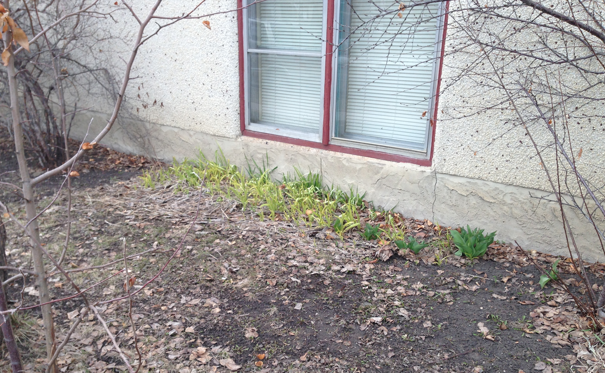I’m coming out of a weekend of meetings with a facilitator who should not have called himself a facilitator. He tried to do all the work – and this is the first sign of poor practice in hosting others.
Warning signs of when you may be thwarting the people you are with:
- You do nothing to make people feel welcome. You keep your distance from start to finish. You do not help people get to know each other and warm up to the hard work ahead. When we feel connected, we work light years better.
- You make all the decisions. Discern when a decision is yours to make. If you are making all or most of the decisions, that is a sign that you are driving the agenda, leaving little room for others to engage. Are you sensitive to a balance where there is just enough structure and not too much?
- You stick to the agenda no matter what. Are you open to the needs of the group? Flexible to adjust your plan to support them on their journey? Notice how attached you are to the process you envisioned at the outset. Can you live with aiming for outcomes and respect that how to get there might be different? (And who knows, maybe the outcomes could change on you. Can you trust that the group knows if they are doing the right thing?)
- You keep notes for yourself. The flip charts you use are a visual resource for everyone. They are not your notes for later, that only you have to be able to read or discern. Don’t hide them. They are a crucial tool to confirm
- You do the organizing. Inevitably, when a group gathers to plan and organize, there are oodles of ideas to keep track of. Do you keep track of them in your head, or find visual ways for them to see and organize what they have? If you have visuals, do you do all the work, or let them?
- You work rigidly in your mode of learning. Some people need to see what is going on. Others need to hear it. Some need to work in small groups, others in large. How you make sense of things is not necessarily how others make sense of things. You are serving them, so adjust to there mode.
- You reject offers to help. When people step up to help you help them, it is an indication that they feel ownership of what is underway and they choose to engage. Your rejection not only closes you off from learning in the moment, but it puts a big chasm between you and the group.
- You ridicule those who help. This is an easy way to distance yourself from the people you work with. That paper on the wall? Useless. The illustration that broke the log-jam? Inconsequential. That document put on the screen to make sure we all understood and agreed to key wording? A distraction.
- You lose track of who’s turn it is to speak and what they’re talking about. If you are going to go to the trouble of telling someone they are next, make sure they are next. If someone is three speakers away, let them know. And remember – it is confusing to talk about more than one thing at once. Use a speaker’s list on topic.
- You do the same thing, all day long. The same process, all day is soul sucking. Mix it up. Serve others
How it turned out…
Before this guy, we had the benefit of strong process that allows us to establish foundational relationships. In the end, we made the meeting work and we had a lot of success. I so deeply appreciate the dedication and determination of our group to working well together and work forward. We overcame our nuisance facilitator.
To support and serve the people you are with – be open to learning along the way, grow antenna to enable you to see what needs to happen, and respond in the moment.
